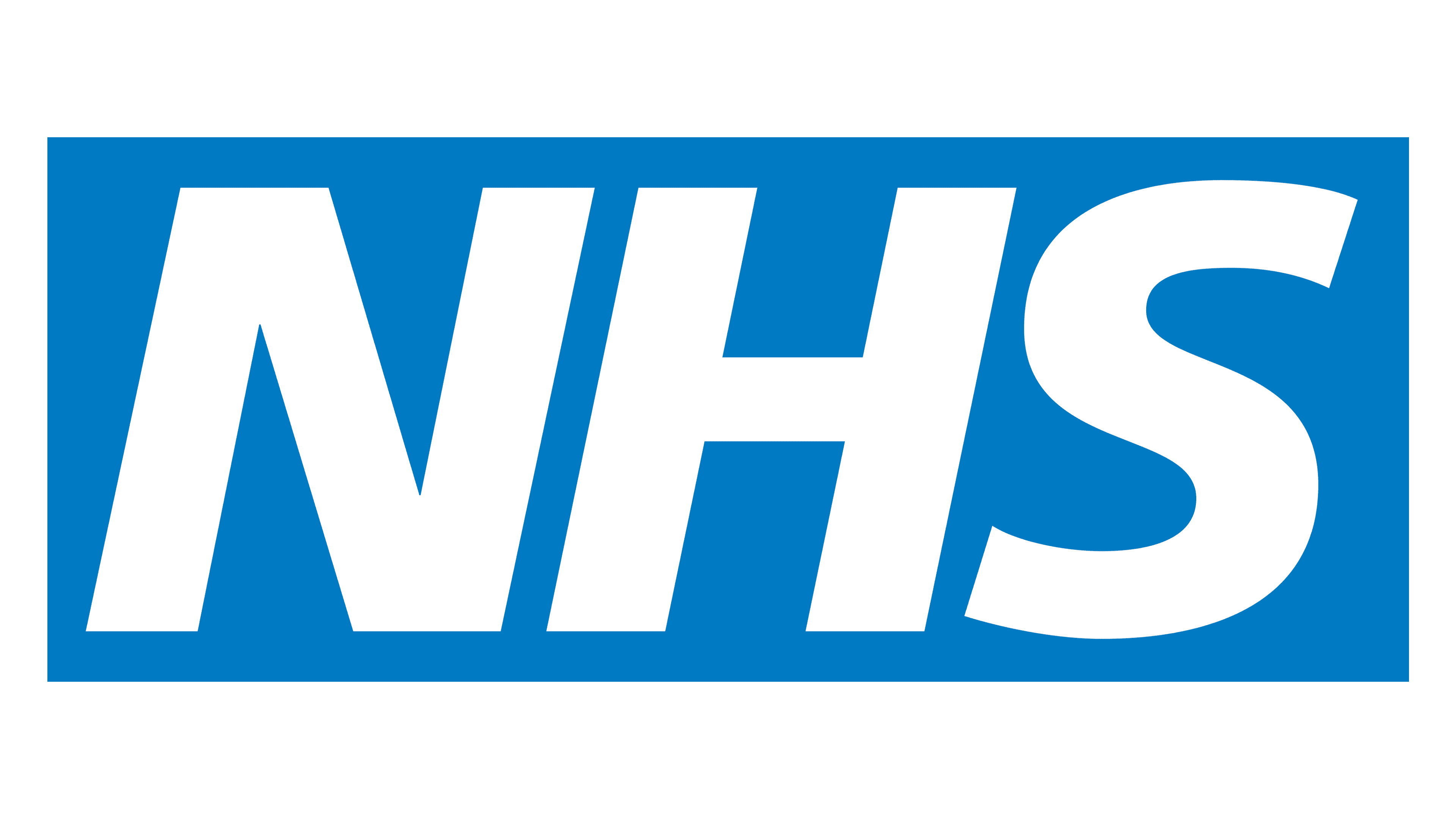NHS Logo
The NHS, Britain’s cornerstone of healthcare provision, is financed by government sources to deliver an expansive suite of medical treatments and services, including primary care from family doctors, hospitalization, dentistry, and beyond, largely without charge at the moment of service. Anchored within the UK’s four nations – England, Scotland, Wales, and Northern Ireland, the system functions under the stewardship of the nation’s government. Its governance is the responsibility of the Department of Health and Social Care in England, with analogous authorities in the devolved administrations. Esteemed for offering healthcare that is equitable and comprehensive, the NHS is dedicated to ensuring that medical services are accessible to every resident, predicated on medical necessity rather than financial means.
Meaning and history
The National Health Service (NHS) of the United Kingdom, inaugurated on July 5, 1948, represents a transformative chapter in the annals of British medical care. This groundbreaking institution emerged from the compelling idea that access to quality healthcare should be a universal right, not a privilege tied to financial status. The architect of this vision was Aneurin Bevan, the Health Minister in Clement Attlee’s post-war cabinet.
Prior to the NHS, the UK’s healthcare landscape was a patchwork of private practices, municipal services, and charitable organizations, with many citizens unable to afford proper medical care. The NHS represented a seismic shift, offering comprehensive health services, free at the point of service. It amalgamated the disparate voluntary and local authority hospitals into a singular, state-run entity.
The nascent NHS initially concentrated on three core areas: primary care, hospital services, and community-based healthcare. While general practitioners (GPs) operated within the NHS framework, they maintained their status as independent contractors. Public support for the NHS was robust in its early years, but financial strains soon led to the introduction of prescription charges in 1951, a decision that incited controversy and was opposed by Bevan.
The subsequent decades saw the NHS evolve through various phases of restructuring. The 1970s introduced a more region-centric administrative approach. The 1980s, under Prime Minister Margaret Thatcher, marked the onset of internal market reforms aimed at boosting efficiency by segregating the provider and purchaser roles within the system.
Further reforms in the 1990s and 2000s emphasized reducing wait times and modernizing facilities and services. The NHS Plan of 2000 set specific targets and boosted funding. This era also saw increased engagement with the private sector and the emergence of new organizational structures, such as NHS trusts and foundation trusts, providing greater managerial and financial independence.
The NHS’s journey into the 21st century has been characterized by a focus on patient empowerment, the integration of digital healthcare technologies, and the move towards integrated care models. Despite various transformations, the NHS has consistently remained a state-owned entity, funded by taxpayer money and overseen by the Department of Health and Social Care, with distinct administrative bodies in Scotland, Wales, and Northern Ireland for regional management.
The NHS’s trajectory has been shaped by ongoing challenges, including budget constraints, political discourse on its structure and functioning, and notably, its robust response to the global COVID-19 pandemic. Enduring these trials, the NHS stands as a testament to the enduring principle of healthcare as an essential, universally accessible right.
What is NHS?
Established in the post-war era, the NHS stands as the UK’s universally accessible health guardian, financed by the public purse to deliver extensive medical care to the populace at large, with costs typically not shouldered by the individual at treatment time. Since its inception in the mid-20th century, this institution has been a symbol of egalitarian healthcare, predicated on the ethos that treatment availability should be dictated by clinical requirement, not economic standing, with funding sourced from national taxation.
1990 – Today
The emblem showcases bold, uppercase lettering spelling “NHS,” set against a striking blue backdrop. The typeface is assertive, with clean, straight lines that convey a sense of reliability and efficiency. This simplicity in design mirrors the organization’s commitment to being accessible and dependable to the public. The blue hue is often associated with healthcare, suggesting calmness, trust, and professionalism. The letters are neatly encased within a rectangular frame, suggesting structure and stability, which are core values of the service this logo represents. The stark contrast between the white font and the blue background ensures high visibility and a strong, recognizable brand identity.











